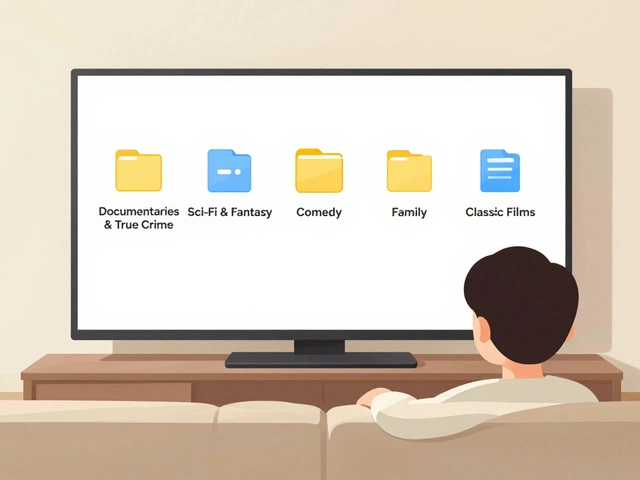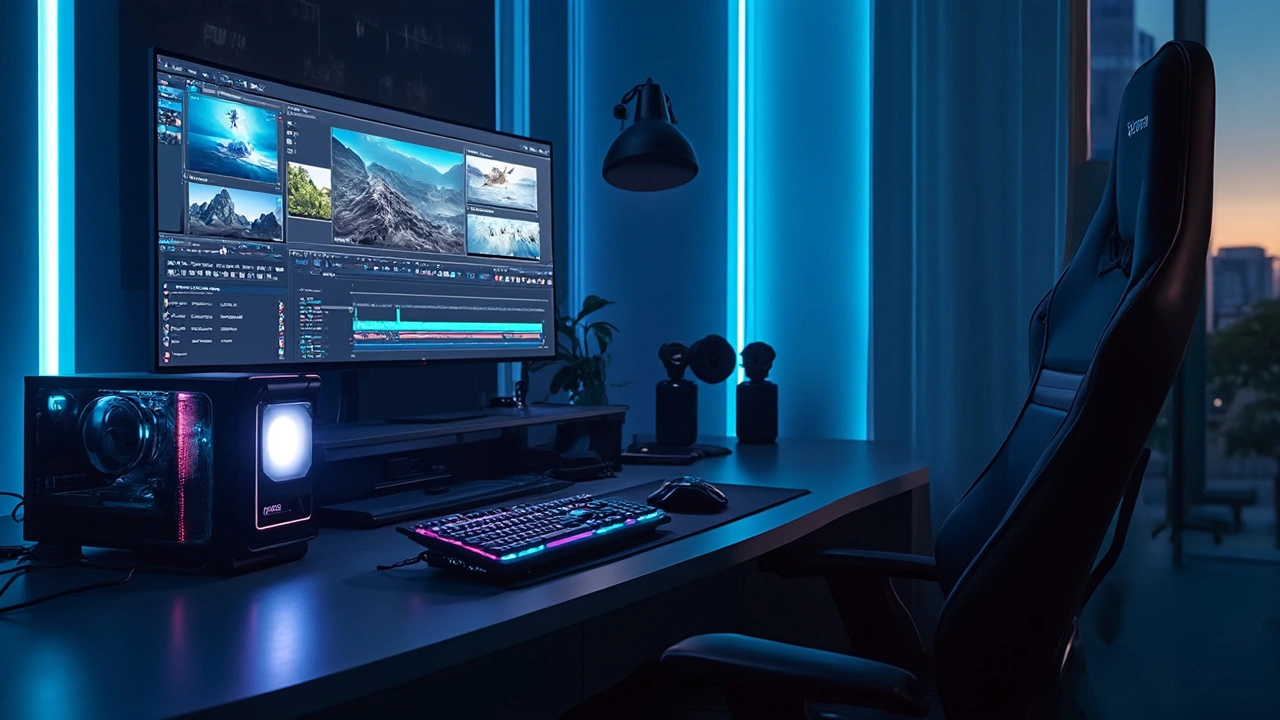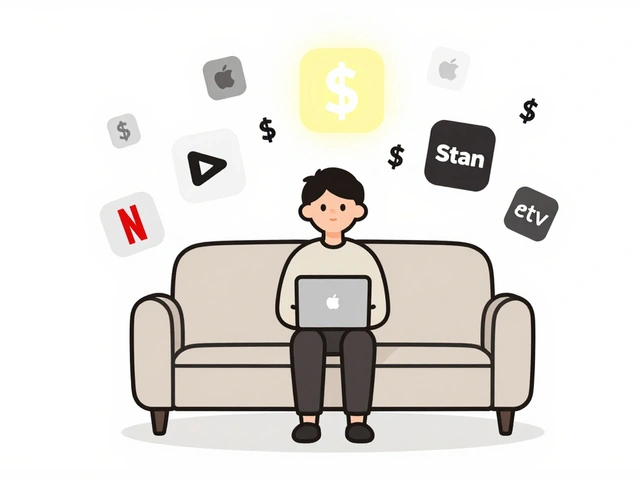Desktop Computers: What You Need to Know Before Buying and Using One
Desktop computers are still go-to machines for many who want power, easy upgrades, or just a solid setup. Unlike laptops, desktops give you room to pick the parts that fit your needs and budget. Whether you're building from scratch or buying a pre-built PC, knowing the basics helps you avoid common mistakes and get the best for your money.
First up, figure out what you'll use your desktop for. Gaming, video editing, or just browsing and office work? Gaming and editing need strong graphics cards and plenty of RAM, while simple tasks run fine on less expensive setups.
Picking the Right Desktop for You
When shopping for a desktop, start with the processor. Intel and AMD make most CPUs, and their newest models pack a punch for smooth multitasking and gaming. Next, check the memory—8GB of RAM is the minimum these days, but 16GB or more suits heavier users.
Storage also matters. Solid State Drives (SSDs) load programs fast and cut down wait times. Many desktops combine SSDs with bigger Hard Drives (HDDs) for ample space at a lower cost.
Getting Your Desktop Set Up Right
Once you have your desktop, placement and setup count. Keep it on a sturdy desk with good airflow around it to avoid overheating. Connect a reliable monitor, keyboard, mouse, and possibly speakers to get a full workstation.
Don’t forget to install antivirus software and perform regular updates. Desktops run best when software stays fresh and safe. Also, backups are key—use external drives or cloud storage to protect your files from unexpected issues.
With a desktop, upgrading parts is a big advantage. Over time, you can swap out the graphics card, add more RAM, or boost storage to keep your PC running strong without buying all new gear.
Want a smooth, hassle-free experience? Consider the warranty and customer support of your purchase. Good support helps if anything goes wrong down the line.
In short, desktops offer flexibility and power if you choose and care for them wisely. Keep in mind your needs and budget, and you'll have a computer that stays useful for years.
17
Video Editing Desktops: Ultimate Guide to Power and Performance
Explore the essentials of video editing desktops, from choosing the right hardware components to performance optimization tips. Discover why high-performance desktops are crucial for video editing and learn about key features like CPU, GPU, and RAM. Get insights on budget-friendly options that don't compromise on power. Whether you're a beginner or pro, this guide will help you find the best desktop for your editing needs.
Latest Posts
Popular Posts
-
 App Layout Strategies: Organize Streaming Services by Genre and Use
App Layout Strategies: Organize Streaming Services by Genre and Use
-
 Paramount+ with Showtime vs. Peacock Premium vs. ESPN+: Which Sports Add-On Fits Your Viewing Habits?
Paramount+ with Showtime vs. Peacock Premium vs. ESPN+: Which Sports Add-On Fits Your Viewing Habits?
-
 Third-Party Billing: How to Manage Subscriptions Through Apple and Google
Third-Party Billing: How to Manage Subscriptions Through Apple and Google
-
 Taxes and Currency: How International Streaming Billing Works
Taxes and Currency: How International Streaming Billing Works
-
 Custom DNS for Streaming: Can Switching DNS Improve Video Start Times?
Custom DNS for Streaming: Can Switching DNS Improve Video Start Times?



